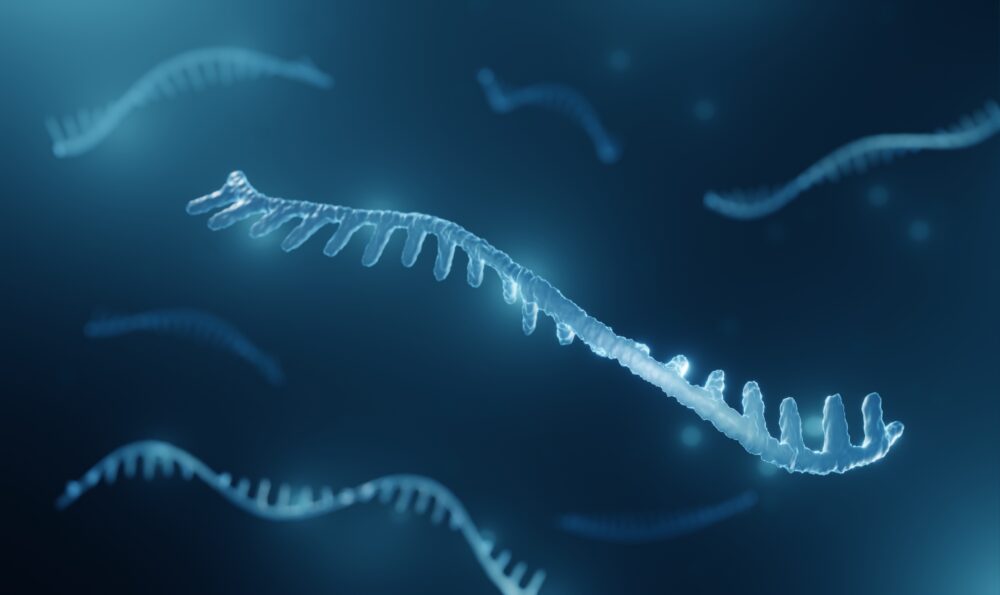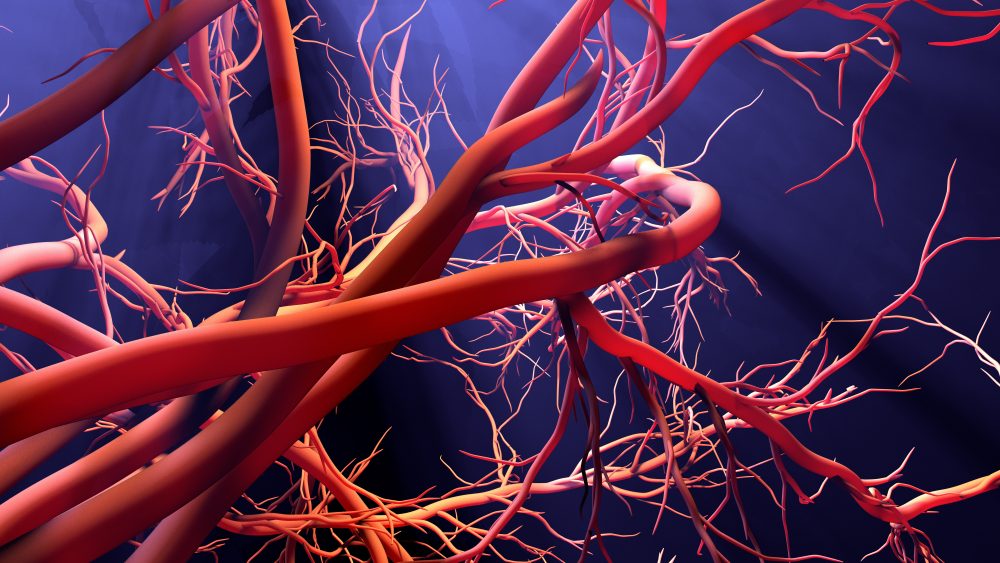


Deflating Median Artery Evolution Hype, Pt. 2
On this ID the Future Eric Anderson and physician Howard Glicksman further discuss a recent Journal of Anatomy article suggesting possible evolutionary changes in humans: a persistent, prominent median artery in some people’s arms. Journalists have hyped this as evolution in action, but Anderson and Glicksman say there’s little reason to treat this as an evolutionary change, even if it’s real. And they say it’s far from clear how natural selection could select for this as an “adaptation” when its most obvious effect is to contribute to carpal tunnel syndrome and other health problems.

Deflating the Evolution Hype over Median Artery Study, Pt. 1
On this ID the Future, Eric Anderson and physician Howard Glicksman discuss a recent article in the Journal of Anatomy suggesting new microevolutionary changes in humans. Researchers say a growing number of adults have a persistent, prominent median artery in their arms, an artery that’s important in the embryonic stage but tends to disappear later on. The study was quickly hyped in the popular press with breathless headlines such as “Evolution arms us with an extra artery.” On the way to separating hype from substance, Anderson and Glicksman dive into the physiology of arteries and embryological development. Their conversation grows out of a post on the subject by Anderson at Evolution News. Oh and by the way, don’t let the Read More ›